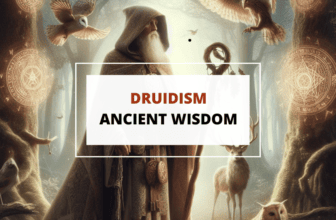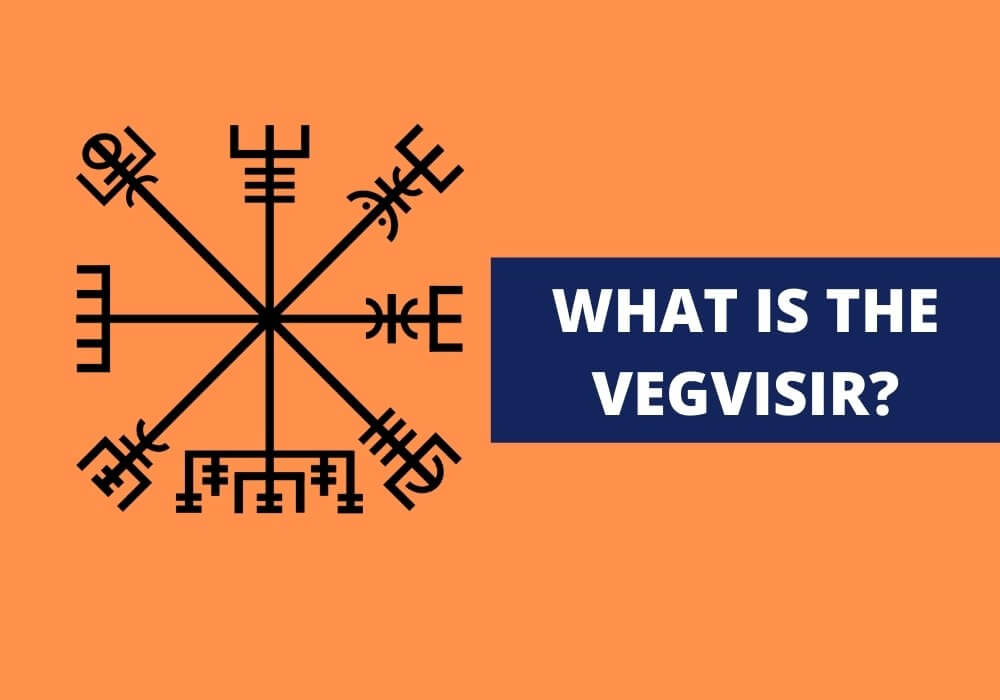
Table of Contents
The Vegvisir (pronounced VEGG-vee-seer) is an ancient Norse symbol that is believed to provide safety for those who are embarking on a long voyage. The Vegvisir is believed to have originated in Iceland.
It’s a common misconception that Viking ships bore the Vegvisir; historical evidence for this is scarce. The earliest known references to the Vegvisir, such as those found in the Huld Manuscript, date back to the 19th century, well after the Viking Age.
Here’s a look at the true origin of the Vegvisir and why it’s so popular today.
The Meaning of Vegvisir
The word “Vegvisir” is a compound of two Norse words:
- Vegur which means Way, Road or Path
- Visir which is translated as Pointer or Guide
The Vegvisir is known as The Pointer of the Way and was believed to help those that bore it to find their way back home when they start out on a long journey. The symbol features eight directions, symbolizing the many paths that can be taken.
The Vikings, who were great seafarers, would carry the Vegvisir with them or have it tattooed on their foreheads, as they believed it would always bring them back home.
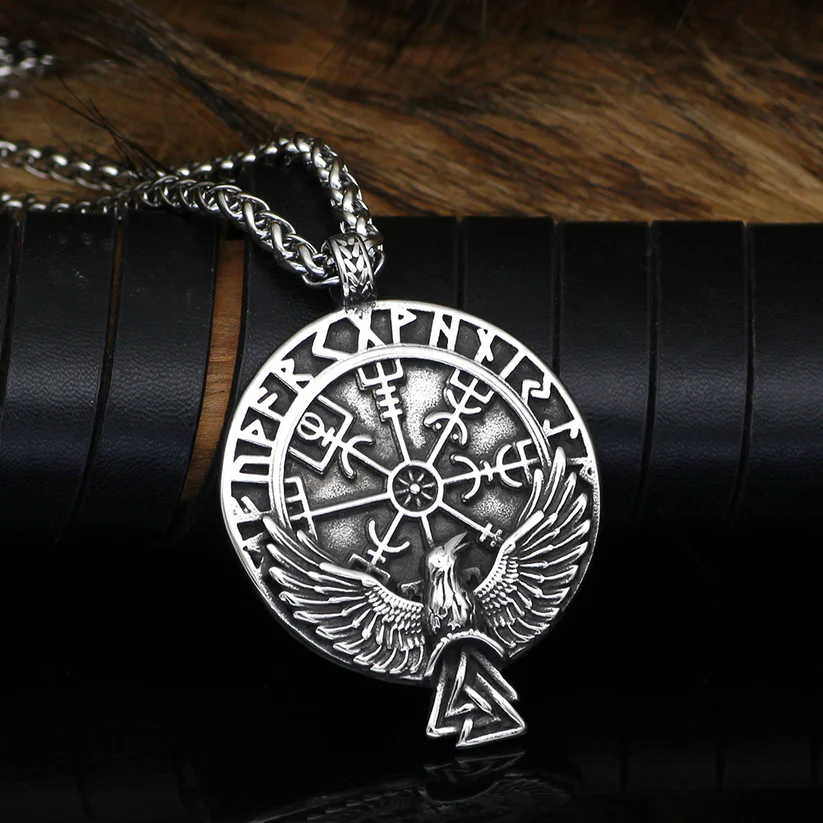
Is the Vegvisir a Modern Invention or an Ancient Symbol?
The Vegvisir features eight spokes emerging from a central point, with various runes attached to the end of each spoke. This symbol is sometimes set within a circle, surrounded by runes.
The current version of the Vegivsir comes from three grimoires (book of spells and magic) from Iceland, all written in the mid-1800s. one of these, the Huld Manuscript, contains a series of magical Norse symbols, with the Vegivisr being listed as the symbol used to guide people through rough weather. The text regarding the Vegvisir can be translated as follows:
“The wearer of this symbol will not lose his way during storms and bad weather, even if he does not know of his destination.”
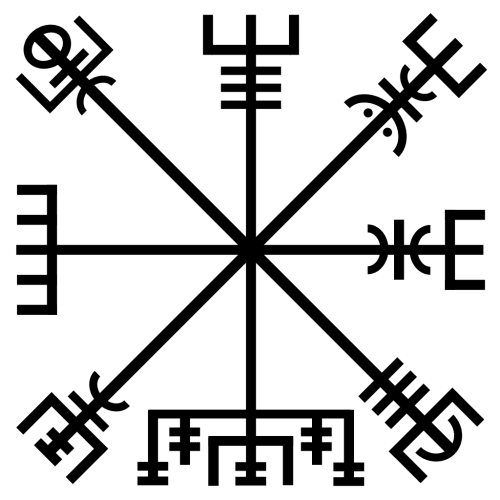
The other two manuscripts from this time offer a similar interpretation for the Vegvisir. The Galdrabok recommends that one draw the icon of the Vegvisir on one’s forehead using one’s own blood. In doing so, the person will be protected and guided on their travels.
It’s important to distinguish between the Vegvisir’s modern interpretations and its historical origins. The symbol, as we know it today, appears in Icelandic grimoires from the 19th century, which is several centuries after the Viking era.
There continues to be debate on the age of the Vegvisir, with some scholars saying the initial Vegvisir of Icelandic tradition was square and not round. Note that the Vegvisir is depicted in several ways, although the Huld version is the most popular and easily recognizable version.
The Vikings and the Sunstone
Between the 8th and the 11th centuries, the Vikings were probably the most skilled navigators in the world, using a variety of tools to assist them in voyaging far from their homes.
To help navigate them on their sea voyages, it is claimed that the Vikings used a sunstone, made of a piece of crystal, known as Iceland spar (a type of calcite). It is believed that the Vikings put a dot on top of the crystal and then looked through it upwards. Because of the natural birefringence of the Iceland spar, the single dot would be duplicated and appear doubled. The crystal was then rotated until the dots lined up with each other and had the same darkness. Once they had achieved that, they could determine the direction of the sun.
Though the sunstone bears little resemblance to the Vegvisir, some scholars believe that the crystal compass inspired the symbol which is made up of four lines and eight points. These eight points look similar to the cardinal points on a compass.
Symbolic Meaning of the Vegvisir
Like anything, interpretations and beliefs are added to symbols and the Vegvisir is no exception.
Though originally believed to be an amulet that brings guidance and safety to those who are on a journey and help them find their way back home, the 20th century has seen this Norse symbol take on a more metaphysical belief. It is seen as a powerful charm for those who have no direction in life. The Vegvisir is believed to provide you with the guidance you are seeking and helps you make the right choices for your life.
It’s also a reminder to the wearer that on a spiritual level, they will always be guided through the twists and turns of life and constantly find that safe harbour back to themselves as their spiritual home.
The Vegvisir is similar to the compass, in that it symbolizes safety and guidance especially during travel. Here’s a quick sum up of what the Vegvisir symbolizes:
- Guidance and direction on journeys
- Protection and safety
- The ability to always find one’s way back home or to one’s roots
- Remaining grounded and stable
- Being in control of one’s own life and making the right choices on one’s journey
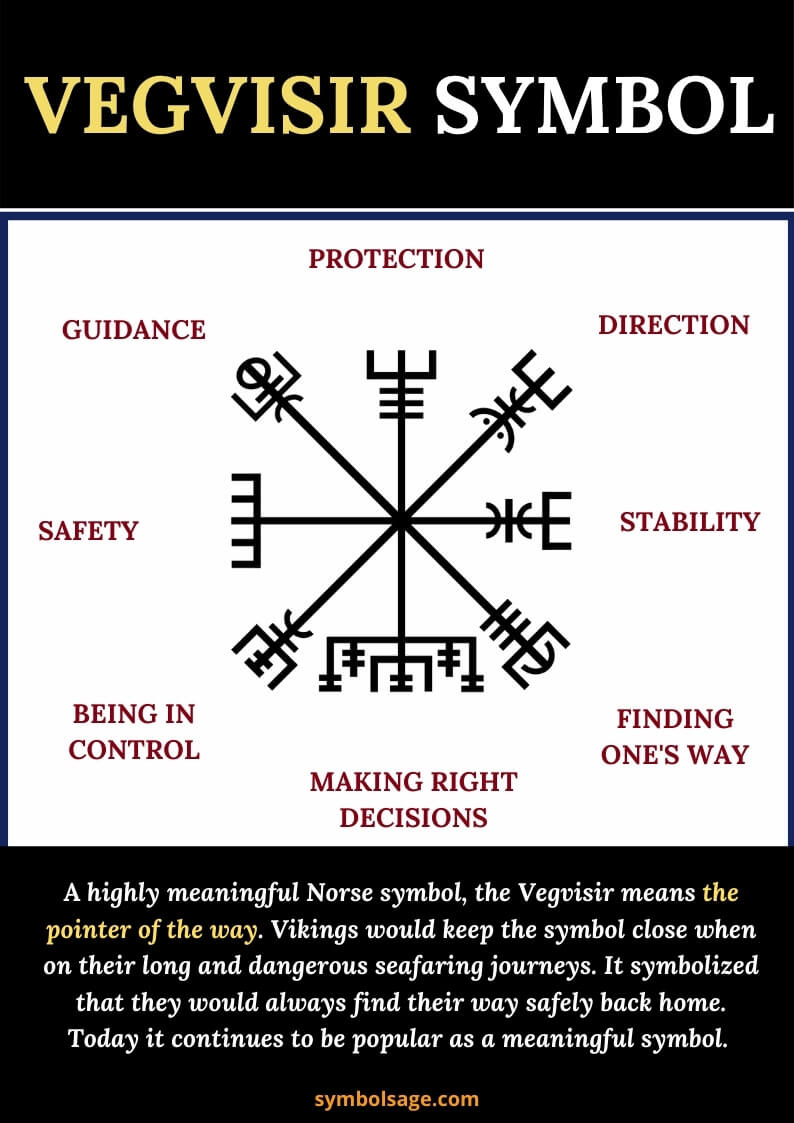
Vegvisir in Jewelry and Fashion
The Vegvisir’s symbolic meaning has made it a popular symbol today in fashion and jewelry. Because it’s not a religious symbol and has universal significance, it’s a symbol that everyone can relate to.
For the superstitious, wearing a ring, pendant or button with the Vegivisir inscribed on it is a great way of calling upon the Norse magic to ensure you are blessed on your travels and that you come home safely. The symbol itself is quite stylish and looks great in jewelry or on decorative items. Below is a list of the editor’s top picks featuring the Vegvisir symbol necklace.
Many people ask us, ‘I’m a Christian – is it okay for me to wear Vegvisir jewelry?’ The Vegvisir is a symbol of guidance, protection, and finding your way, not tied to any specific religion. So, generally, there’s no issue with wearing it. However, it’s also seen as a magical amulet, and some Christians prefer to steer clear of such symbols. It really depends on your personal beliefs and your church’s guidelines. If wearing it makes you uneasy, you might consider alternatives like a compass or an anchor, which carry similar meanings without any magical or superstitious connections.
The Vegvisir is often chosen for tattoos, due to its mysterious yet beautiful design. Bjork, the Icelandic singer, has the Vegvisir tattooed on her arm and claims that she did this so that she could always find her way back home.
As a gift, the Vegvisir is ideal for graduations, goodbyes, travelers, someone in crisis or as a Valentine’s gift. However, always check whether the receiver of the gift appreciates symbolism and whether they are comfortable wearing symbols.
In Brief
According to Icelandic folklore, the Vegvisir was seen as a powerful talisman that had the ability to guide and bless the traveller taking an arduous journey. The Vegivisir was believed to always lead the person back home safe and sound.
Today, the Vegvisir continues to carry this symbolism, and is valued by those who know the meaning of the symbol. It’s an excellent symbol of protection and direction, and its intriguing design makes it a great choice for a range of retail items, including jewelry and fashion.









